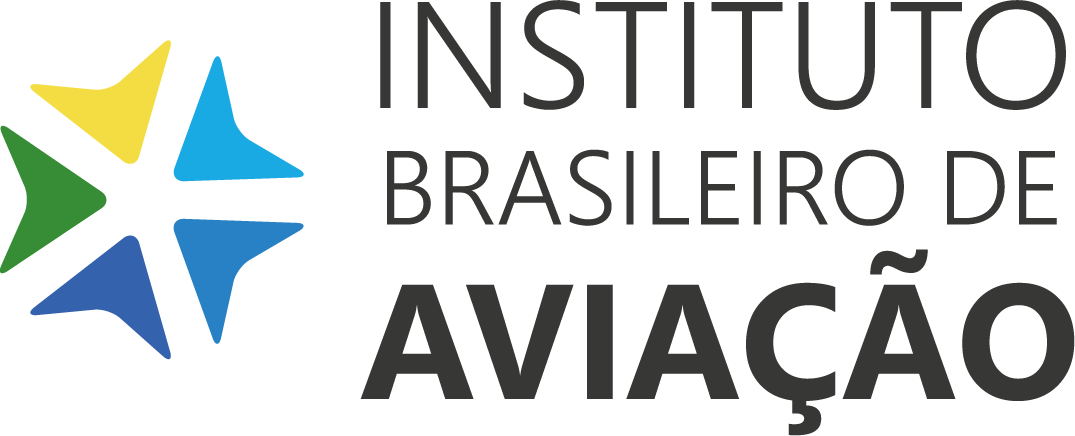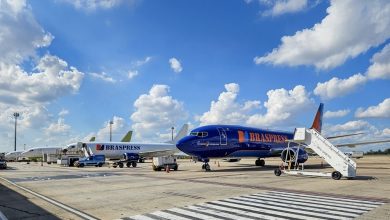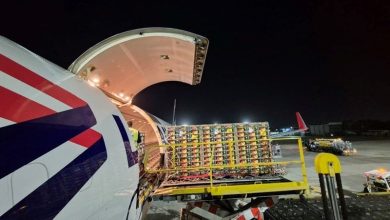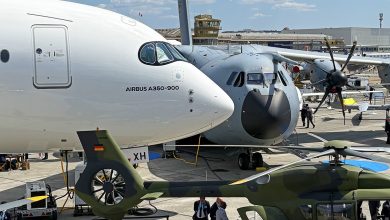Análise de Manutenção de Aeronave – outubro de 2018
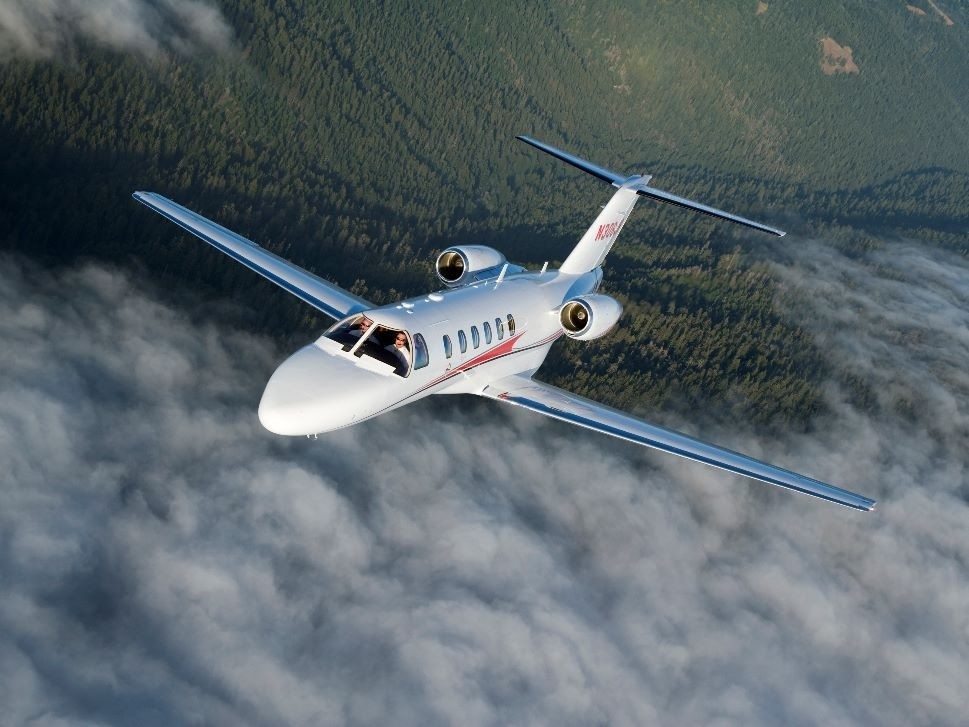
Com a qualidade dos ativos de estoque em uma alta de 12 meses e a exposição de manutenção em um período de quase 12 meses, seria difícil conceber um ambiente melhor para os negócios de aeronaves. Então, quais modelos foram os grandes motores e agitadores no mercado de aeronaves usadas de outubro?
Leia na íntegra:
With inventory asset quality at a 12-month high, and maintenance exposure at a near 12-month best, it would be difficult to conceive a better environment for aircraft trades. So which models were the big movers and shakers in October’s used aircraft marketplace?
Asset Insight’s market analysis on October 31, 2018 covering 93 fixed-wing models and 1,589 aircraft listed for sale revealed an Ask Price increase of 3.4%.
- Large Jet values improved 5.3%, and prices are now up nearly 12% since December 2017;
- Medium Jets lost 1.5%, and are now down 16.4% since December 2017;
- Small Jet values gained 7% to post a 12-month high and a 7.5% gain in 2018;
- Turboprops remained virtually unchanged, having lost 2.3% this year.
The total number of used aircraft listed for sale for Asset Insight’s tracked fleet increased 2.3% (36 units). Large Jet inventory did not change, Medium Jet inventory increased 3.7% (18 units) and Small Jet inventories increased 5.5% (25 units). Turboprop inventory was the only one to experience a reduction, 2.4%, equating to seven aircraft.
As the inventory fleet’s upcoming maintenance events are expected to be less expensive, average Maintenance Exposure (an aircraft’s accumulated/embedded maintenance expense) decreased (improved) slightly, nearly matching the 12-month best figure.
- Large Jets increased (worsened) 0.5% as younger, higher-quality aircraft transacted;
- Medium Jet transactions were of mixed asset quality, causing Maintenance Exposure to increase 1.3%;
- Small Jet trades and fleet additions helped improve (decrease) Maintenance Exposure 1.1%;
- Turboprops (possibly due to seller pricing concessions) helped improve the group’s Maintenance Exposure 5.9% to a 12-month best (lowest) figure.
All this led to a Maintenance Exposure to Price (ETP) Ratio decrease (improvement) of 3% during October that, at 65.1%, was slightly better than the average figure for the past 12 months. Why is this information important?
ETP Ratios Explained…
The ETP Ratio calculates an aircraft’s Maintenance Exposure as it relates to the Ask Price. This is achieved by dividing an aircraft’s Maintenance Exposure (the financial liability accrued with respect to future scheduled maintenance events) by the aircraft’s Ask Price. As the ETP Ratio decreases, the asset’s value increases (in relation to the aircraft’s price).
‘Days on Market’ analysis has shown that when the ETP Ratio is greater than 40%, a listed aircraft’s Days on Market increase (in many cases by more than 30%).
So, for example, aircraft whose ETP Ratio exceeded 40% during Q2 2018 were listed for sale an average 72% longer than aircraft whose Ratio was below 40% (169 days versus 291 days on the market, respectively), while during Q3 2018 aircraft whose ETP Ratio exceeded 40% took nearly 34% longer to sell (280 versus 374 Days on Market).
- Turboprops continued to post the lowest (best) ETP Ratio at 49.1%, reflecting a 7% improvement during the past 90 days;
- Large Jets followed with 62.7%, a 2.3% improvement from last month but still 10.6% higher for the year;
- With an impressive 18.7% reduction during September, and an additional 7.2% improvement in October (the group’s best figure during the past 12 months), Small Jet ETP Ratio has improved nearly 21% this year;
- Medium Jets improved slightly in October, but the group’s ETP Ratio, at 77.5%, reflects a 19% increase during 2018 and quantifies the challenges faced by sellers within this highly competitive market sector.
Excluding models whose ETP Ratio has remained over 200% during the previous two months (considered outliers), following is a breakdown of which individual models fared the best, and which fared the worst in October 2018…
Most Improved Models
All of the ‘Most Improved Models’ experienced a Maintenance Exposure reduction (improvement). The Gulfstream GIV-SP (MSG-3) and Bombardier Learjet 45 experienced an Ask Price reduction of $77,000 and $72,000, respectively, while the remaining models posted the following price increases:
- Bombardier Learjet 35A (+$16,400)
- Hawker Beechjet 400A (+$17,815)
- Beechcraft King Air 350 Pre-2001 (+$1,071)
- Embraer Legacy 600 (+$1,566,667)
Gulfstream GIV-SP (MSG-3)
Three retail transactions and two additions to the inventory fleet led to the model posting a near $778k Maintenance Exposure reduction (improvement) that overtook (by a factor of ten) an Ask Price decrease to earn top honor among the Most Improved models in October.
With only 3.6% of the active fleet listed for sale, aircraft with engines enrolled on an Hourly Cost Maintenance Program (HCMP) could easily generate an HCMP-adjusted ETP Ratio below the 40% mark, improving their selling environment.
Bombardier Learjet 35A
The Bombardier Learjet 35A made this list for a second consecutive month by virtue of a $60k Maintenance Exposure reduction and an increased Ask Price.
Actually achieving the price increase may be the real challenge, judging by the two October transaction, the group’s ETP Ratio, and the 36-unit inventory level (even though it represents less than 7% of the active Learjet 35A/36A fleet).
Hawker Beechjet 400A
The 59-unit inventory level remained unchanged in October, as one aircraft transacted, one was withdrawn, and two more assets were listed for sale. The model joined the ‘Most Improved’ list due to a $100k Maintenance Exposure reduction along with a price increase.
However, with 18.4% of the active fleet on the market, sellers whose aircraft are not enrolled on HCMP are on the wrong side of the model’s 52.3% average ETP Ratio and must come to terms with market pricing reality if they hope to structure a deal before year-end.
Beechcraft King Air 350 Pre-2001
Only 20 units were listed for sale at the end of October, and with five units trading during the month the pre-2001 King Air 350 trading environment is very active. With only 7% of the active fleet listed for sale and considering the ETP Ratio ended October at 27.9%, sellers are definitely well-placed to secure good value.
Interestingly, the model’s Maintenance Exposure dropped nearly $173k in October due to lower quality assets transacting, so good value is also available for buyers, assuming they understand the maintenance condition of aircraft they are considering.
Bombardier Learjet 45
One aircraft sold in October and one joined the inventory to maintain the eight-unit fleet for sale. The changes reduced Maintenance Expense by a substantive $189k. More importantly, the $72k ask price reduction resulted from pricing reductions on previously listed aircraft; it was not affected by either the single unit sale or the new addition to the fleet.
It would appear that at least some Learjet 45 owners are focused on selling their aircraft prior to year-end.
Embraer Legacy 600
We were a little surprised to find the Legacy 600 on this list, but detailed analytics provide plenty of explanation. Only three inventory aircraft listed an actual selling price in September, and two of them traded in October (a third one was withdrawn from inventory).
Of the ten listings that were left (5.3% of the active fleet), only one posted an actual Ask Price, and it was substantially higher than those posted for the two traded assets.
Between the model’s relatively low ETP Ratio, the limited listings, and a Maintenance Exposure reduction exceeding $241k, this aircraft might have made the list even without the ‘technical Ask Price reduction’, but it goes to show how figures can be misleading without the benefit of interpretation.
Most Deteriorated Models
All of the ‘Most Deteriorated Models’ experienced a Maintenance Exposure increase, while Ask Price changes were as follows:
- Gulfstream G100 (No change)
- Hawker Beechjet 400 (No change)
- Bombardier Learjet 31 (No change)
- Cessna Citation VI (+$2,000)
- Cessna Citation CJ2 (+$63,214)
- Beechcraft King Air 300 (-$36,111)
Gulfstream G100
No Gulfstream G100 transactions closed in October, and with one addition to the fleet the inventory stands at only three units. This might sound positive, but with production totaling only 22 units that means 13.6% of the fleet (aged between 12-17 years) is listed for sale.
A Maintenance Exposure increase exceeding $1m is unlikely to invite buyers, let alone help sellers. The best opportunity for sellers to market their aircraft lies in identifying a ‘disposable aircraft buyer’ and coming to terms with the true (read, ‘low’) value of their asset.
Hawker Beechjet 400
To understand how quickly marketing opportunities can go from bad to worse, readers might recall that this model was on the ‘Most Improved’ list for September. One model transacted in October, but another joined the inventory to keep the total at five units (9.3% of the active fleet).
The issue challenging sellers is their aging aircraft’s value since ask prices (ranging from $195k to $550k) have little negotiating room. Couple an $87k Maintenance Exposure increase to an already high ETP Ratio and it becomes clear why the Beechjet 400 is on this list.
Bombardier Learjet 31
One transaction closed in October, and the four remaining units represent 11.4% of the active fleet. Similar to the previous two models on this list, Learjet 31 sellers are hobbled by a lack of negotiating room when it comes to their aircraft’s value.
Add a $76k Maintenance Exposure increase to the model’s ETP Ratio and the situation becomes virtually irrational, even if a seller is able to locate someone willing to become the asset’s final owner.
Cessna Citation VI
With only 36 aircraft in the active fleet, the nine listed for sale represent too large a competitive fleet for sellers to benefit. The addition of one lesser quality aircraft increased fleet Maintenance Exposure by over $100k, and the nominal Ask Price increase could not prevent the Citation VI from joining the Most Deteriorated list.
Unlike the previous three models, sellers have some pricing room to maneuver but generating interest in this well-aged fleet will be difficult.
Cessna Citation CJ2
Sales were non-existent during the month of August, and the listed fleet increased by over 50%. The additions increased Maintenance Exposure by over $238k, not a minor figure for this model, nor a number that a $63k average Ask Price increase could overcome.
On the surface, opportunities for sellers do not appear good. However, the 23 aircraft available for sale represent only 9.7% of the active fleet.
With an ETP Ratio averaging 35.1% we believe sales figures will increase once October’s newly-listed eight aircraft have had some market visibility. Prospective buyers are encouraged to act, as CJ2s representing good value are unlikely to enter 2019 as inventory.
Beechcraft King Air 300
No transactions closed in October, and the fleet saw three more aircraft enter inventory, raising the total to 14 units (7.6% of the active fleet). While the King Air 300 is a well-aged model, it continues to experience decent sales due to its operating performance and characteristics.
A Maintenance Exposure increase exceeding $78k and an Ask Price reduction (due to a couple of lower priced units entering inventory) helped secure the model’s place on this list, but several inventory assets offer good value and should be quite marketable.
Since most King Air 300 engines are not enrolled on Hourly Cost Maintenance Programs, owners marketing (or considering selling) non-HCMP aircraft nearing major engine events should be aware that the financial penalty buyers will assess is likely to exceed the cost for each overhaul.
The Seller’s Challenge
Aircraft are, and will continue to be, depreciating assets, making it illogical to think of how one can profit through the sale of an asset acquired five years earlier. However, one can ‘optimize’ their aircraft investment by:
- Acquiring an aircraft, at a reasonable price, able to perform the mission requirements;
- Correctly projecting maintenance costs during the ownership period, perhaps through Hourly Cost Maintenance Program enrollment;
- Limiting scheduled maintenance expense (not covered through HCMP) through detailed analytics of the aircraft’s future maintenance requirement when considering its purchase;
- Securing science-based, objective, Residual Value analyses on an ongoing and regular basis; and
- Remarketing the aircraft at a point in time when its ETP Ratio is below 40%.
It is also important to understand that the ETP Ratio has more to do with buyer and seller dynamics than it does with either the asset’s accrued maintenance or its price. For any aircraft, maintenance can accrue only so far before work must be completed.
But as an aircraft’s value decreases, there will come a point when the accrued maintenance figure equates to more than 40% of the aircraft’s Ask Price. When a prospective buyer adjusts their offer to address this accrued maintenance, the figure is all-too-often considered unacceptable to the seller and a deal is not reached.
It is not until an aircraft undergoes some major maintenance that a seller is sufficiently motivated to accept a lower figure, or a buyer is willing to pay a higher price and the aircraft transacts, ultimately.
A wise seller needs to consider the potential marketability impact early maintenance might have on their aircraft, as well as enrollment on an Hourly Cost Maintenance Program where more than half of their model’s in-service fleet is enrolled on HCMP.
Sellers also need to carefully weigh any offer from a prospective buyer against the loss in value of their aircraft for sale as the asset spends more days on the market awaiting a better offer while simultaneously accruing a higher maintenance figure.
Fonte: AvBuyer 13/11/2018
